Isfahan became the capital of Persia in 1598, during the Safavid dynasty. To establish the new
capital, Shah Abbas I laid out a huge square, Naghshe Jahan, in the centre of the city, and fine parks and gardens.
The result was one of the most beautiful cities in the world.
Unfortunately a large part of Isfahan was destroyed during the Afghan invasion of 1722,
but the main buildings were subsequently restored.
Click on the little images to enlarge them.
| The Lotfallah mosque, on the east side of the Naghshe square - a private chapel for the Shah,
which is why there are no minarets. My photographs do not do justice to the beauty of this building. |
 |
The mosque is decorated with glazed tiles, inside and outside. |
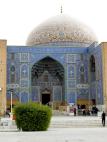 |
Detail. What appear to be geometrical designs below the dome are different styles of calligraphy. |
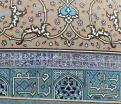 |
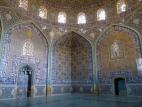 |
Inside the Lotfallah mosque |
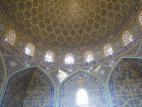 |
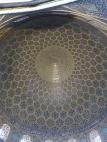 |
 |
| |
| The Imam mosque at the south end of Naghshe Jahan square. |
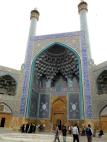 |
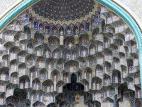 |
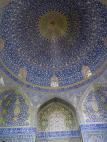 |
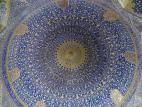 |
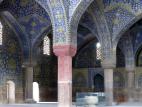 |
| |
| The Chehelsotoon Pavilion, surrounded by gardens. Also constructed in the Safavid dynasty (in about 1647),
but rebuilt after a fire in 1706. It is decorated inside with paintings. |
 |
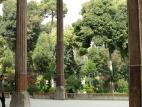 |
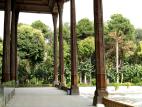 |
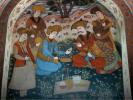 |
 |
| This painting, which is later than the others, represents the battle of Karnal in 1747 in which
a Persian army under Nader Shah defeated the Indian Army. |
 |
| |
| The Zayandeh River flows through Isfahan, and is crossed by several very old, and picturesque, bridges.
Unfortunately, it now dries up in summer and remains dry until the winter, so there was no water in it while we were there. |
| The Si-o-seh bridge, at dawn |
 |
In the evening |
 |
|
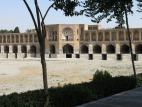 |
There are other picturesque and/or ancient bridges in and around Isfahan,
but they'd all make better photographs if there were some water in the river.
Memo to self: must go back to Isfahan in the Spring, some time ... |
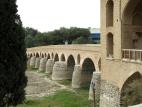 |
| |
| Substantial communities of Christians and Jews live in Isfahan. There have been Jews in Persia since at least the time
of Cyrus I, but the Christian community in Isfahan mostly dates from the 17th century, when it was transplanted from Armenia. Most of
the (several) Christian churches, and the cathedral, are in an "Armenian quarter" north of the river. The cathedral is quite plain outside
but richly decorated inside. |
| |
 |
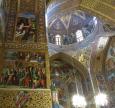 |
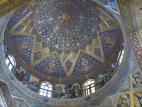 |
|

























